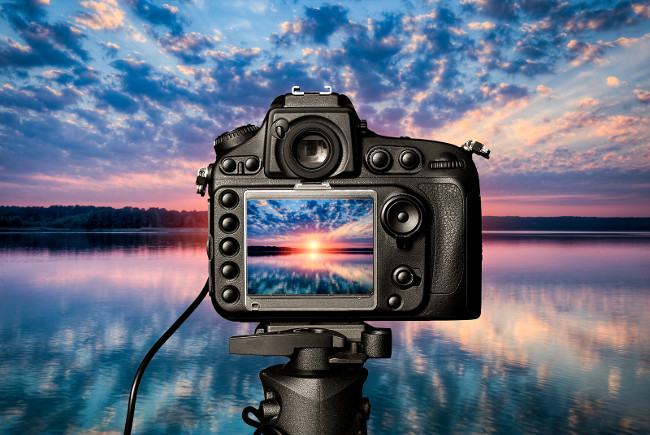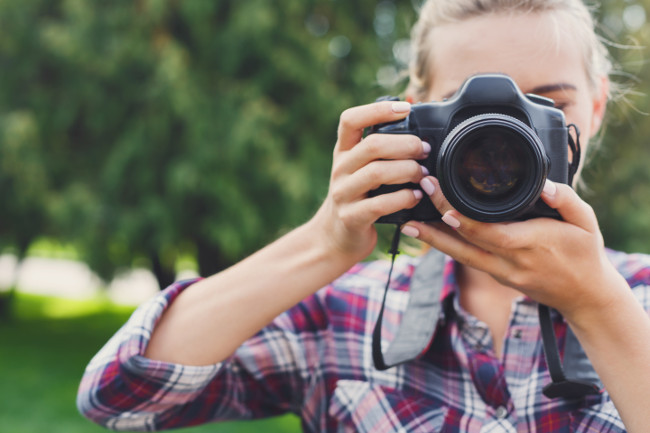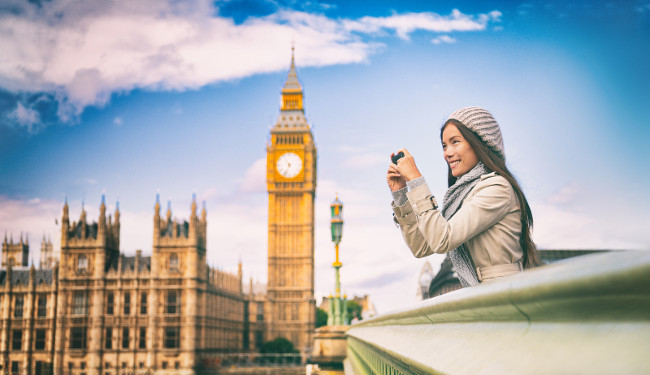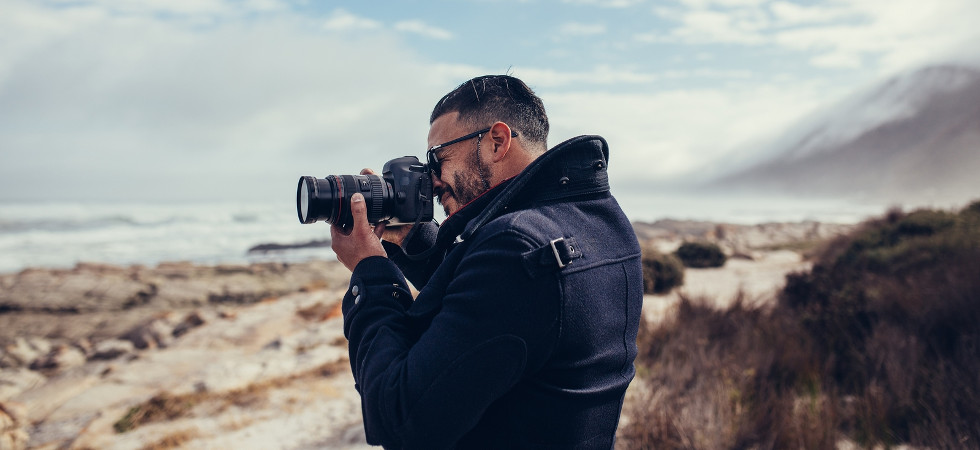As a youngster, I remember a family friend inviting my parents and I over for tea. Not usually an odd invitation, accept for the fact that for the next two and a bit hours I found myself plonked on their comfy sofa, watching as they flicked through their latest holiday photos on a freshly unpacked wide-screen TV.
They’d spent the last fortnight sunning themselves in the Bahamas. And they had the tans to prove it. Judging by the bulk of photos that had slid across the screen, they were very proud of their getaway. But I was unable to share in their glee; the only thing I found myself thinking was “wow, I didn’t know you could be that bad at taking photos…”
There were fingers infront of the lens; blurred edges and zero depth; that awkward expression we all pull when a flash goes off in our face. It was a collection of what not to do with a camera on your next holiday. My Dad confirmed it on the way home too: “Christ, they take awful pictures! There’s an evening we’ll never get back. At least there was dessert.”
Thankfully, technology has made it a lot easier to take high-quality photos at the click of a button. More importantly, the digital world and photography websites for photographers have allowed that same family friend to post his photos online, without having to invite people over for tea…
But there are still some awful images out there – tarnishing the memories of the holidays they immortalize. At LLM, we strive for perfection: because only the best will do. And we’d hate to think that your luxury escape is being ruined by poor camera skills.
Below, we’ve foraged together our top five tips to improve your holiday photography!

Use the rule of thirds
Great photography is about great composition, making ‘the rule of thirds’ one of the most effective ways to improve your images.
It’s super simple too. Just imagine there are four lines through your photos: two lying horizontally across the image, and two standing vertically. Together these lines create nine even squares. If you grab yourself a decent digital camera you can even set it up to display these lines of the screen, so there’s no excuses.
Once you have your lines, start playing with where the focal point of an image sits. Some shots might look great if the focal point is centred, such as a perfectly plated dish of fine dining food. Others might lend themselves to leaving the focal point of the image off-centre, thus encouraging the viewer’s eyes to wander the entire frame.
Avoid camera shake
Camera shake is often the main culprit of ruined photos. But there are a few simple ways to avoid it.
Straight off the bat, you need to learn how to hold your camera properly. Using both hands, wrap one around the body and rest the other around the lens. Hold the camera close to your body for support and balance. Make sure you’re using a shutter speed that suits your lens as well; if it’s too slow, the slightest unintentional movement will result in a final image that’ll make you question your eyesight.
Generally speaking, the rule here is not to shoot at a shutter speed that’s slower than your focal length. For example, if you’re shooting with a 100mm lens, your shutter speed should be no lower than 1/100th of a second.
If you’re still having issues with blur, consider investing in a tripod or a monopod.

Create a sense of depth
When you find yourself admiring a panoramic landscape that deserves your photography talents, make sure you do it justice. It always helps to create a sense of depth when taking these kinds of images. Doing this allows viewers to really feel like they were there with you.
For the best results, use a wide-angle lens and a small aperture of f/16 (or smaller) to keep the foreground and background sharp. Placing an object or person in the foreground will also help to add an extra sense of scale, while emphasising just how far away the distance is.
Note: a small aperture usually requires a slower shutter speed, so make sure you’ve revised our point above about reducing camera shake and blur.
Don’t use a flash indoors
Remember that dodgy facial expression I mentioned earlier? Let’s avoid that if we can.
The addition of a flash indoors can look harsh and spectacularly unnatural, especially in portrait photography. So how can you get around using one, while still making sure there’s enough light?
First off, pump your camera’s ISO up to 800-1600. This will make a big difference to your camera’s sensitivity to light, allowing you to harness more of it. Then, use the widest aperture possible – this way more light will reach the sensor of your camera, and you will have a nicely blurred background.
If you’re in the deepest, darkest cave and you absolutely must use a flash, then use one with a head that you can rotate. Point the light towards the ceiling on an angle – this will help to make sure it’s not so invasive, while still providing you with the light you need.

Use simple backgrounds
When taking photos of loved ones and new friends on vacation, the simplest approach is usually the best.
You want to make them the star of the photo, so use simple backgrounds to reduce the amount of visual distractions. Neutral colours and simple patterns are great for this. This is even more important if you’re experimenting with the rule of thirds and leaving the focal point of the image off-centre.
Host your photos in the right place
Social media channels are fine, but your newfound photography skills deserve something a little more polished. If you’re enjoying taking photos so much that you’re thinking of taking your talents pro, it’s worth investing in hosting them on a personalised photography portfolio.
There is a huge selection of photography websites for photographers today, and many will help you to develop your creative personality further. Better yet, a well-presented portfolio will help you to enhance your overall online visibility and provide more ways for people to discover your talents.
Photography is an art form that’s meant to be shared, so don’t be shy!






















